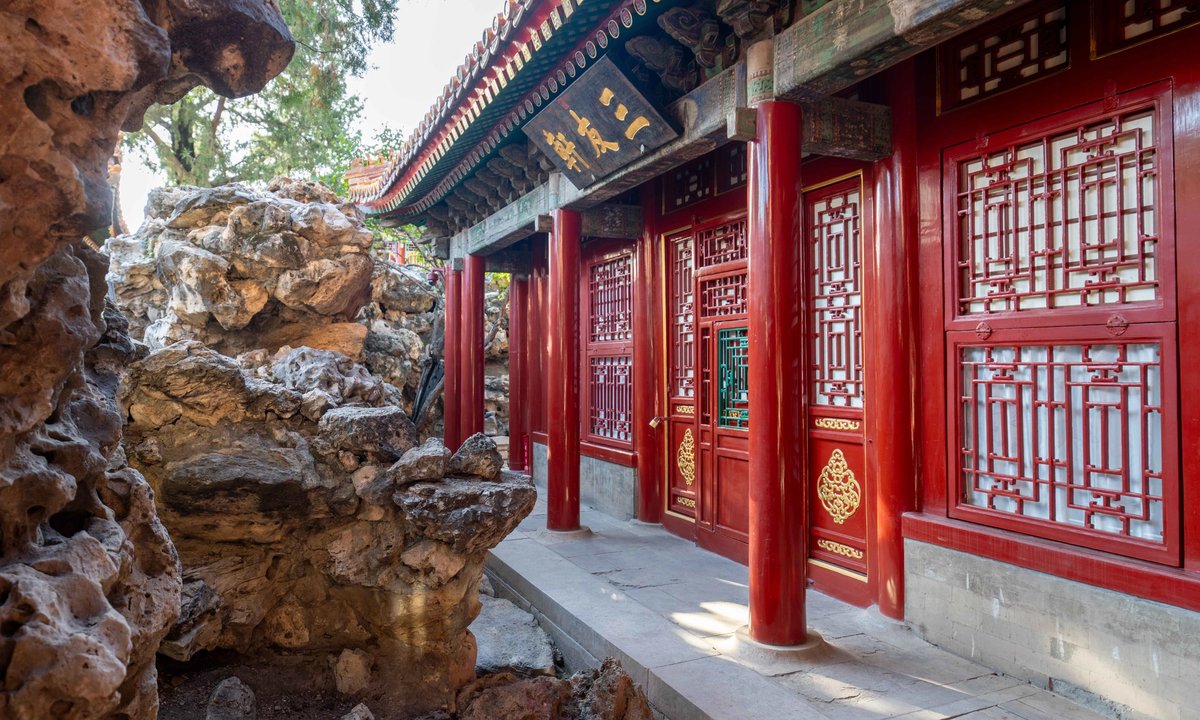
"The garden, built between 1771 and 1776, features 27 buildings across four courtyards-with elaborate decorations and furnishings throughout. The buildings are exemplars of 18th-century Chinese imperial design, reflecting a period when the Qing court incorporated European aesthetic influences and techniques such as the trompe l'oeil, introduced by artists such as Italy's Giuseppe Castiglione. The garden was largely closed off during the 20th century, leaving its original furnishings, finishes, and decorative arts largely untouched."
"The project, says a WMF spokesperson, "involved a site-wide conservation master plan that guided phased interventions, preserving original materials and design while ensuring long-term sustainability." Work began with restoration of the Juanqinzhai pavilion (the Studio of Exhaustion from Diligent Service) -which contains a theatre and reception rooms with rare silk trompe l'oeil murals, intricate bamboo thread marquetry, jade inlays and carved inner bamboo skin-in 2002. That work was completed in 2008, providing a model for the remainder of the site."
The Qianlong Garden in Beijing's Palace Museum reopened on 29 September after a 25-year, $20m preservation effort, ahead of centenary celebrations of the imperial palace's public opening. The 1.6-hectare garden, built between 1771 and 1776, contains 27 buildings across four courtyards with elaborate decorations and furnishings exemplifying 18th-century Qing imperial design mixed with European influences such as trompe l'oeil by Giuseppe Castiglione. A site-wide conservation master plan guided phased interventions to preserve original materials and ensure long-term sustainability. Restoration began with the Juanqinzhai pavilion (2002–2008) and later focused on Fuwangge, Zhuxiangguan, and Yucuixuan, addressing delicate finishes, historic carpentry, and rare materials like jade and bamboo marquetry.
Read at The Art Newspaper - International art news and events
Unable to calculate read time
Collection
[
|
...
]